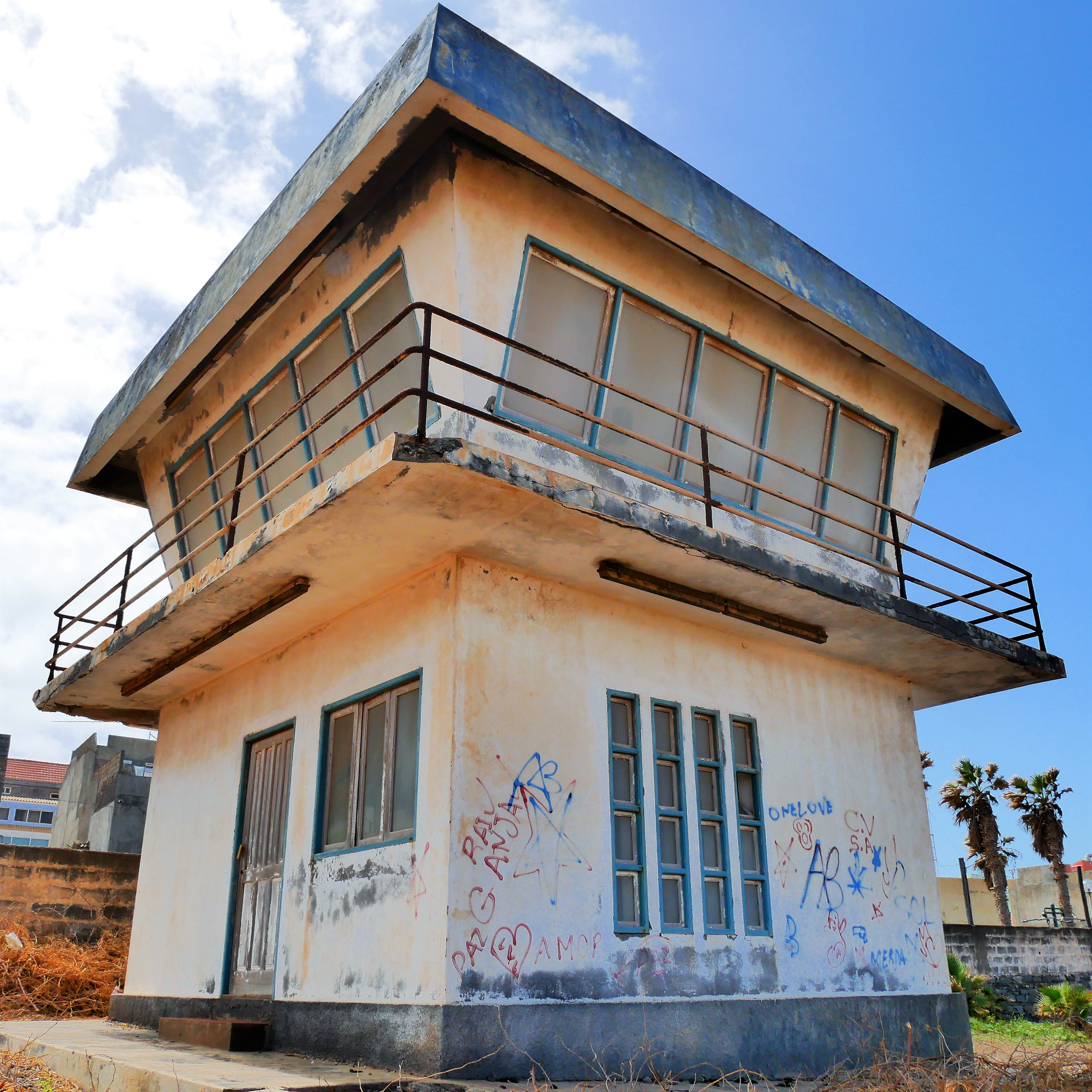
I love abandoned places. I severely dislike flying . But visiting a defunct airport? I’m in! Before even arriving in Cabo Verde, I had shortlisted some of the now-defunct airports on my to-visit list. Near the end of my trip, I’ve managed to visit all of them, in the following order: Santo Antão, Fogo, Brava. Here’s what to expect when you go visit them yourself on a trip to Cabo Verde
Contents
Agostinho Neto Airport, Ponta do Sol, Santo Antão

Santo Antão is the second biggest island of Cabo Verde, but it doesn’t have a functional airport as of today. There are multiple reasons for that, one of them the persistent windiness at the northernmost point of Cabo Verde. Another reason is the short runway length of 650 meters without the possibility of extension. But the most direct reason for the closure is, of course, the tragic fate of TACV Flight 5002. This flight crashed in a mountainside of Santo Antão on 7 August 1999, killing 18 people. Even though it crashed somewhere around Ribeira da Torre (between Ribeira dos Bodes and Ribeira Fria) on Santo Antão, the plane had difficulties landing and turned back to the neighboring island of São Vicente.
Today, the airport is just a giant empty space, reluctantly fenced off by the municipality or local government. It’s not hard to get in or out, as there are plenty of gaps or lower parts to hop over the wall. Inside the airport, you can see the old control tower, with its broken down windows. The control tower’s shadow now provides shadow for the large population of stray dogs that rule the ruins.
On and slightly next to the runway, there is, of course, a football field. Every Cabo Verdean settlement – no matter how small – has dedicated (sometimes their only) flat space to the game. The local driving school of Ponta do Sol also uses the area for beginner’s classes.
The coolest thing is that there’s also a lighthouse next to the runway. This point of the island is, of course, an important navigational site for ships, so the lighthouse is still active. In fact, it seems to be brand new looking at the shiny finish of the tower.
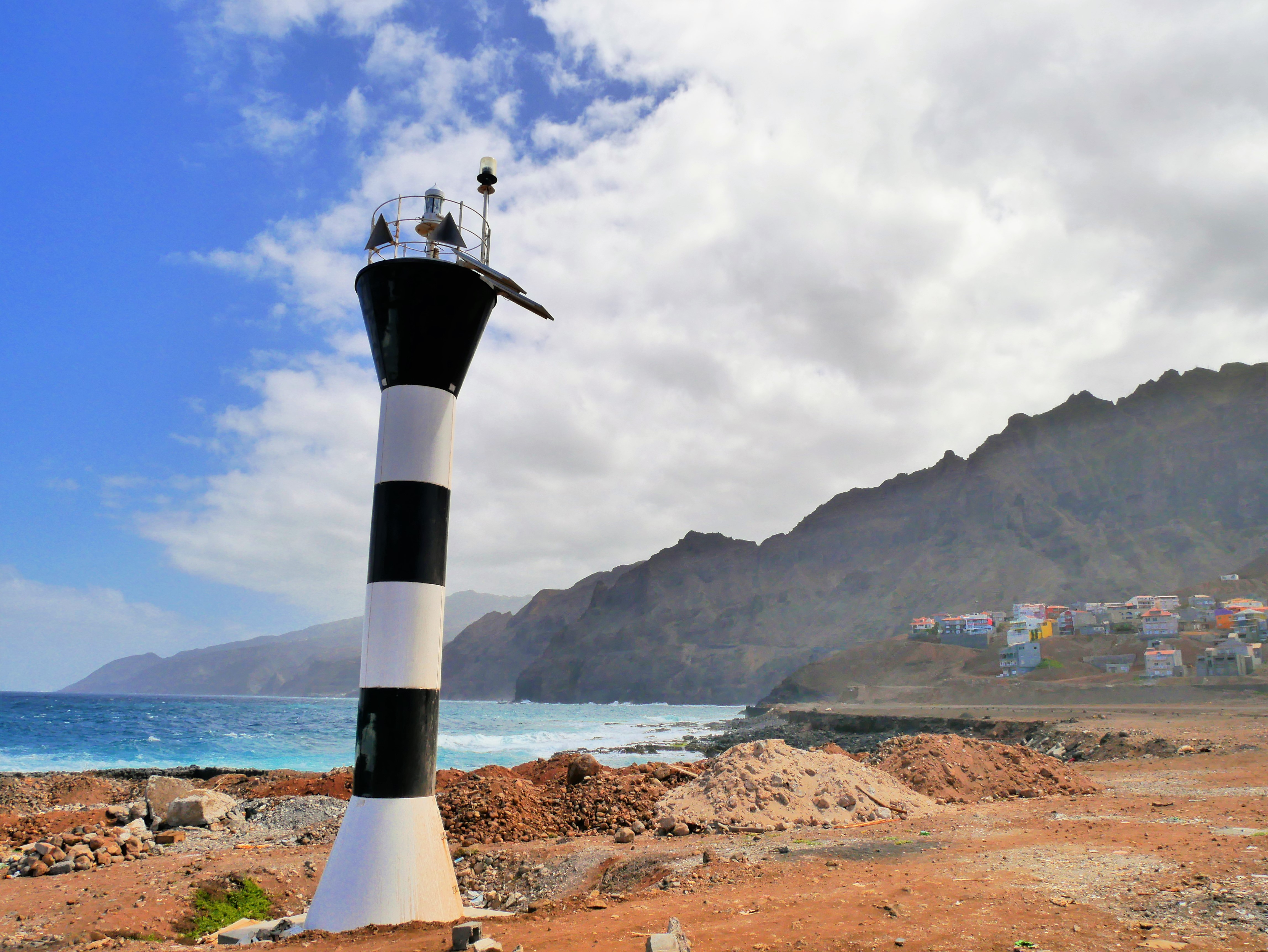
If you’re visiting Santo Antão, it’s very likely you’ll be around Ponta do Sol at some point or another. It’s definitely worth 20 minutes of your time to roam around and feel the eeriness yourself.
Update: The New Airport

Source: Open Street Maps contributors
But infrastructural projects in Cabo Verde move forward quite quickly! Because all levels of government see that there’s quite a big need for an airport. Not just an international airport to accommodate the huge tourist need, but any sort of small aerodrome that would improve accessibility dramatically. This article from Sapo from 2014 makes that case.
I’d already read that there were plans for a new airport in the area between Porto Novo and Lagedos, but now it’s really happening. Between my arrival in Cabo Verde on 15th of January and 4th of April 2019, the exact building site has been added to the Open Street Maps app under the title “Aeroporto Projetado”. For those who are curious, it’s between the crossing to Ribeira Fria and Chã do Porto Novo.
The speculative ‘bad’ news for tourists is that the site only measures about 600 meters as of now, which isn’t really an improvement on the short runway in Ponta do Sol. This means it could be a project for another small aerodrome instead of a big international airport. Considering that the tourist infrastructure seems ready for the masses, an aerodrome would probably not fulfill the international needs; only the domestic ones. This is good enough in my (unimportant) opinion, as long as they picked a site where an extension is actually possible this time, which is what it looks like! Please let me know in the comments whether you found an update on the airport situation in Santo Antão. Especially if you found whether things are moving forward!
Mosteiros, Fogo
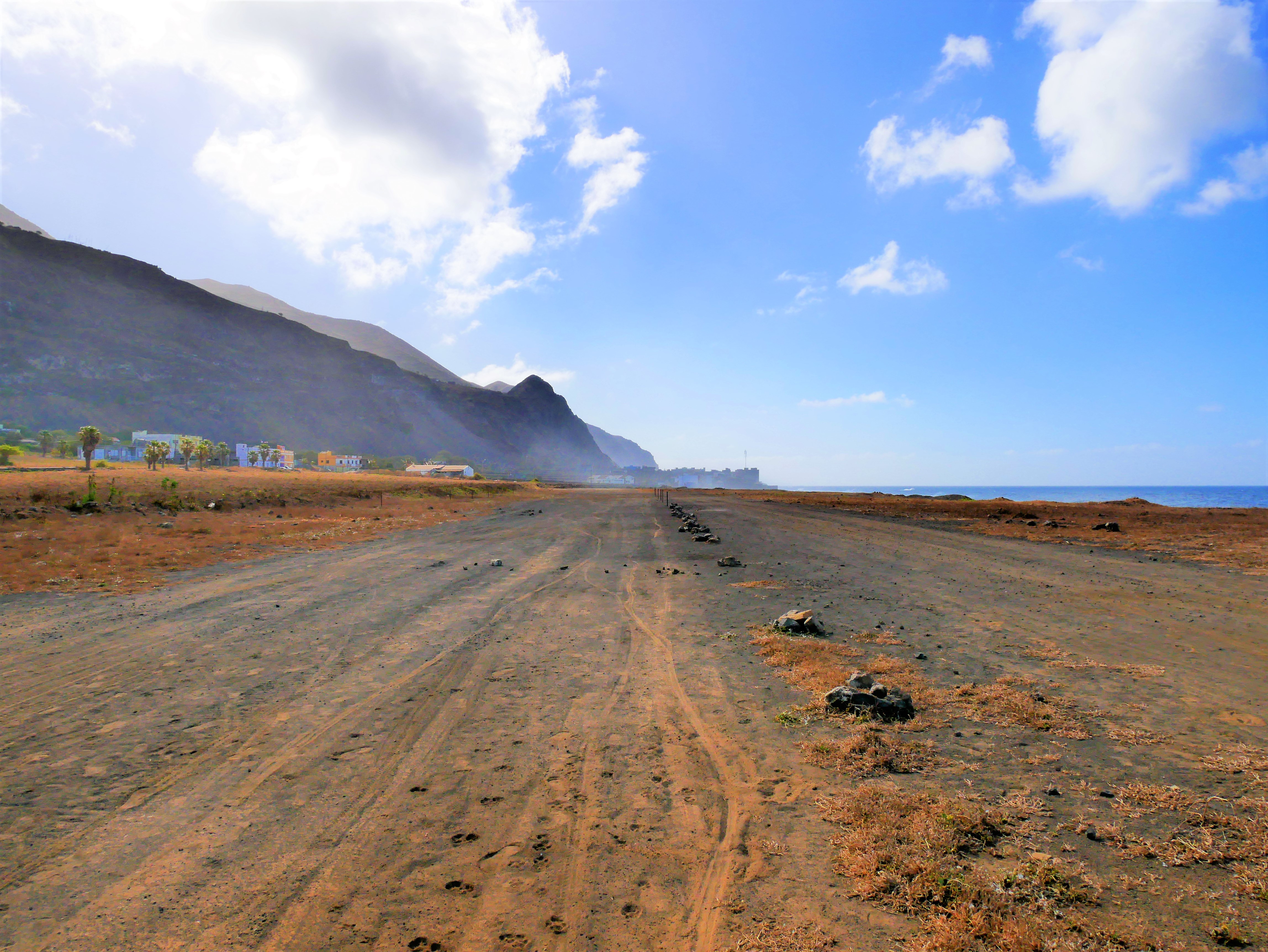
For this one, you have to squint your eyes and look hard for the signs. Mosteiros airfield was never paved, but merely a dusty stretch of flatness. The initiative to build the airfield came from the Aero Clube de Cabo Verde. There’s not really a tragic story behind its closing. It’s just that the São Filipe airport on the southwestern side of Fogo became much more important.
Today, the people confidently use the field for running, sprinting, and perhaps horse racing. There are no signs that there ever was a control tower, or a hangar or anything. Only when hitchhiking a ride out of Mosteiros from the back of a pickup truck in direction São Filipe is when you’ll see that it’s a runway, of sorts. Still, you need to know where to look!
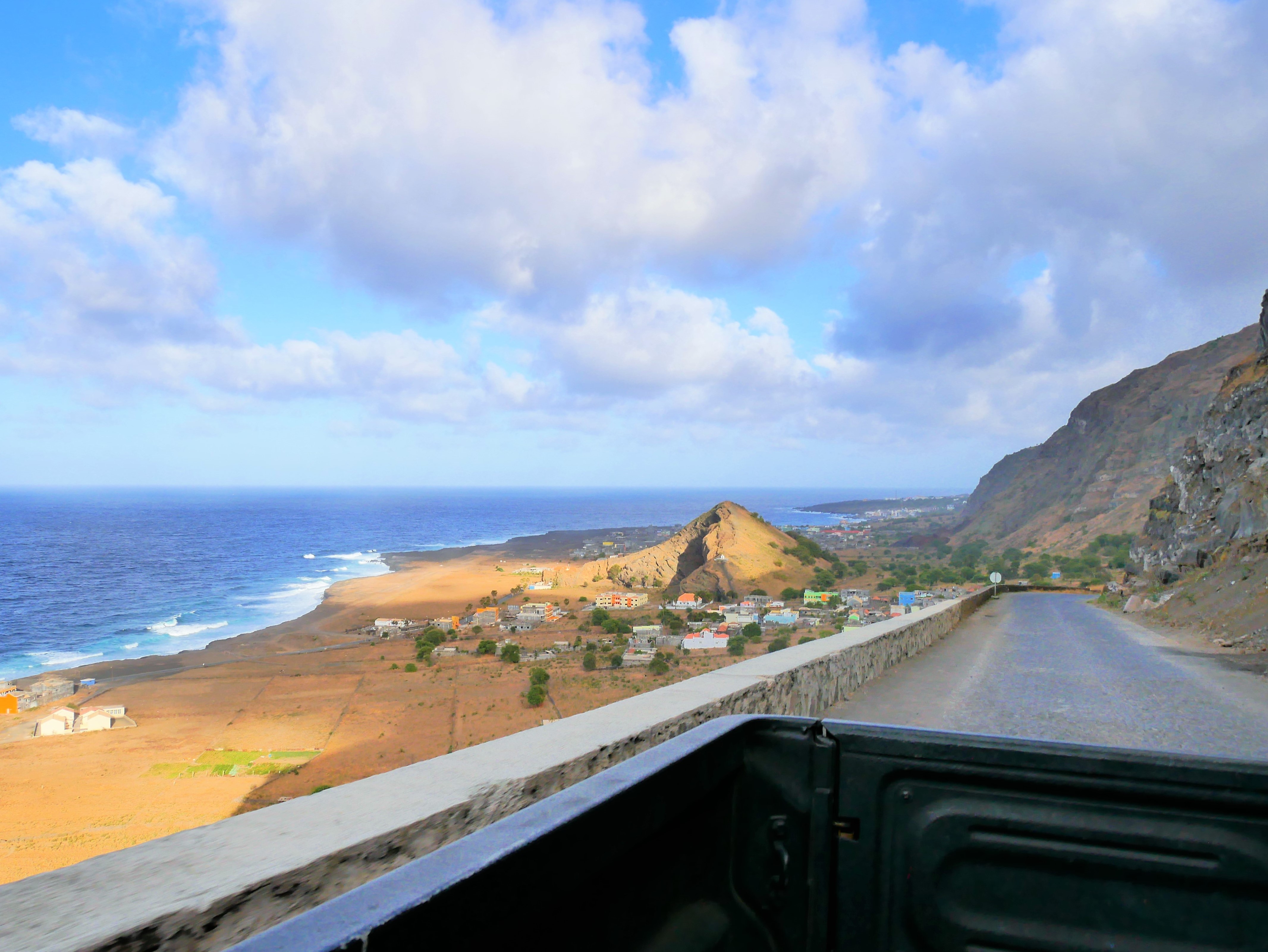
Considering the severe effort it takes to get to Mosteiros, I wouldn’t recommend traveling all the way off to this corner of Fogo just to visit a dusty old runway.
Esperadinha, Fajã d’Água, Brava
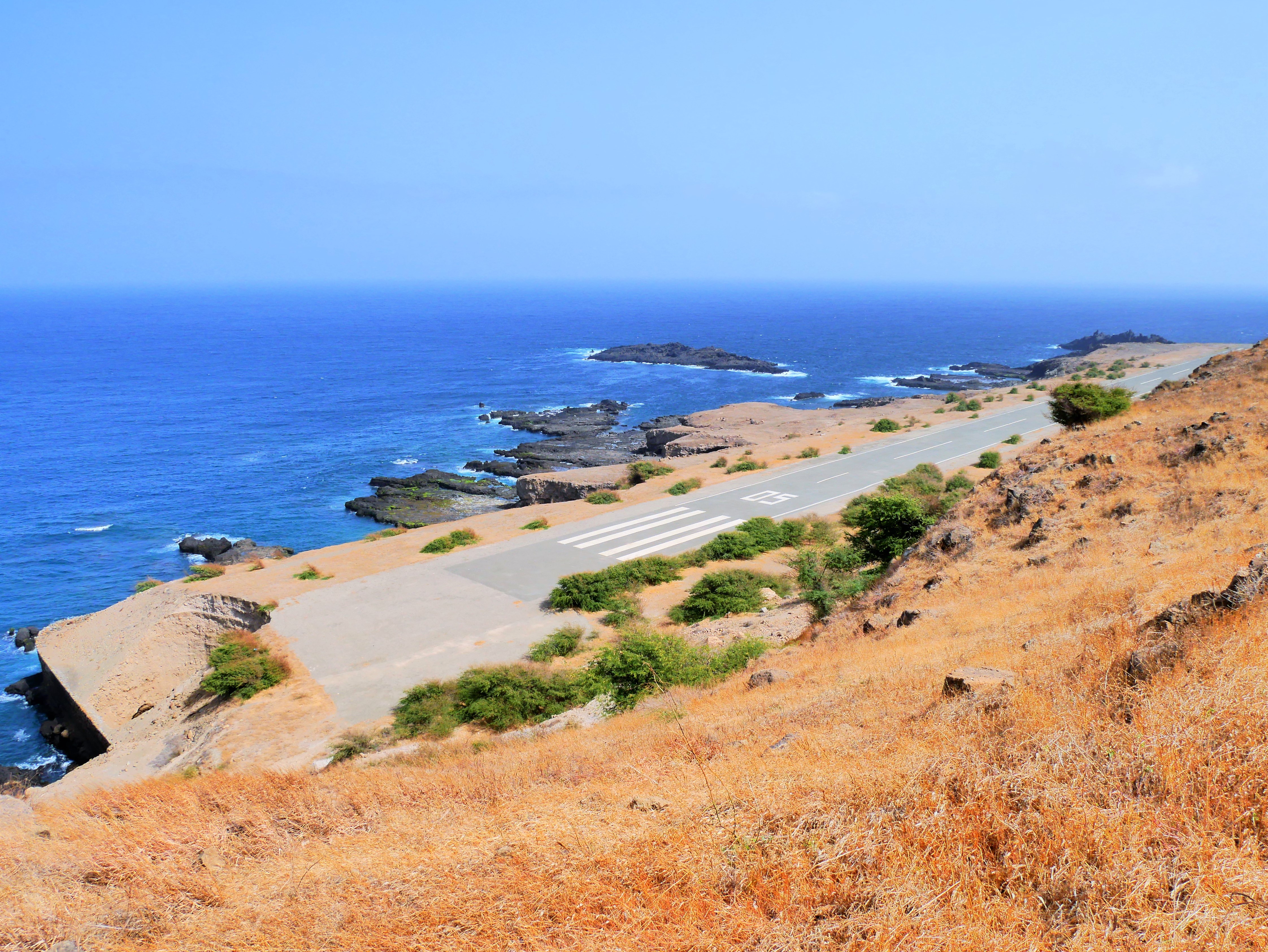
All islands of Cabo Verde had functional domestic airports at some point. All of them. Even the tiny but fierce Brava, which almost doesn’t have any flat spots big enough to land a metal bird.
Back in 1992, the Esperadinha airport opened its doors, only to close after 12 years in 2004 due to dangerous winds. A stroll on the tarmac will teach you the gustiness of the wind there quickly. So hold onto your hat and don’t pretend I didn’t warn you.
The abandoned buildings here are quite spectacular. The terminal itself is falling apart rapidly; the metal roof has fallen in at almost every spot. With caution, you can enter the building and walk around the debris of glass and rusty metal with your thick hiking boots (again, I warned you). Unfortunately, there are no abandoned devices anymore; no abandoned luggage scanner, metal detector, or abandoned paperwork. Even the toilets have been sledgehammered to pieces, which is probably why it doesn’t stink like piss inside.
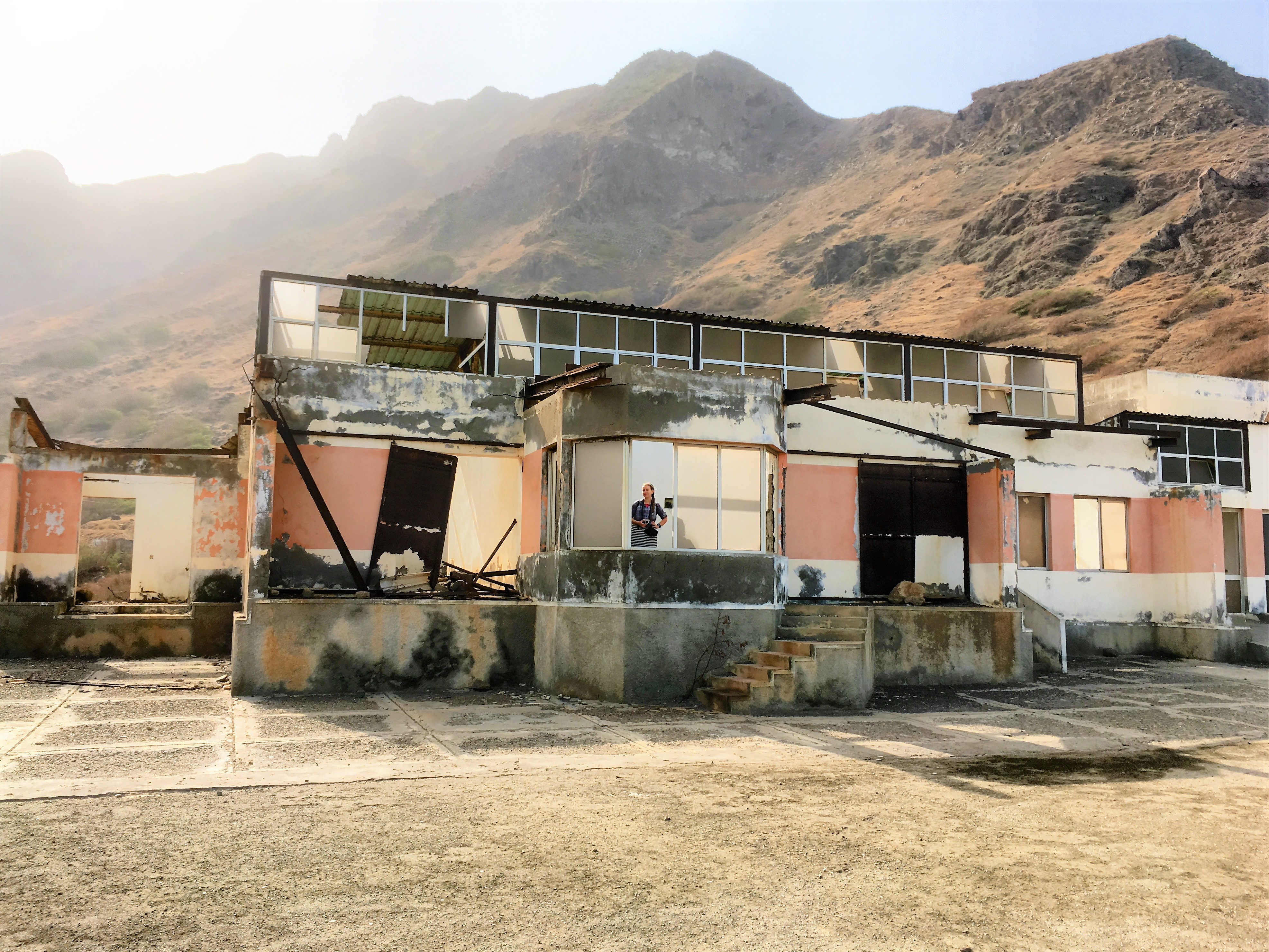
Always look up before you go anywhere; during my visit, there were some intact windows still barely hanging by a wire. They moved in the wind quite eerily. Also, it might be best if you don’t try to climb the ladder leading to the top of the control tower, as the roof is about to cave in and the ladder itself looks like a sure way to catch tetanus through the hands.
There’s another building next to the terminal, which I think was a sort of maintenance/refueling station of sorts. Beats me. All I could find in there were more sledgehammered toilets and a rusty gas tank that didn’t look very approachable. Of the two other buildings in the area, one seems to be inhabited, and the other one (the one on top of a hill) is a mighty fine structure to squat/freecamp in. Or you can follow my footsteps and use it as a changing room to get into your bathing suit for your next stop: the Bacia do Mar rock pool.
Esperadinha was my favorite airport of all three. It was very good entertainment for the day and a very aesthetically pleasing environment to photograph. It’s sad for the people of tiny Fajã d’Água that the prosperity of being the town with the airport didn’t last so long.
Bonus: Francisco Mendes International Airport, Praia, Santiago
Even the big international airport in the capital City has a defunct predecessor! But since it’s the capital city, this airport has been replaced with a bigger and better one. From 1961 (before Cabo Verdean independence) till 2005, there was the Francisco Mendes international Airport. In 1998, there was a plane crash with government officials that had one fatality, though this accident doesn’t seem to have anything to do with the closure of the airport. I’m simply assuming that the runway was too short to handle bigger aircraft – or any other modernization/safety reason.
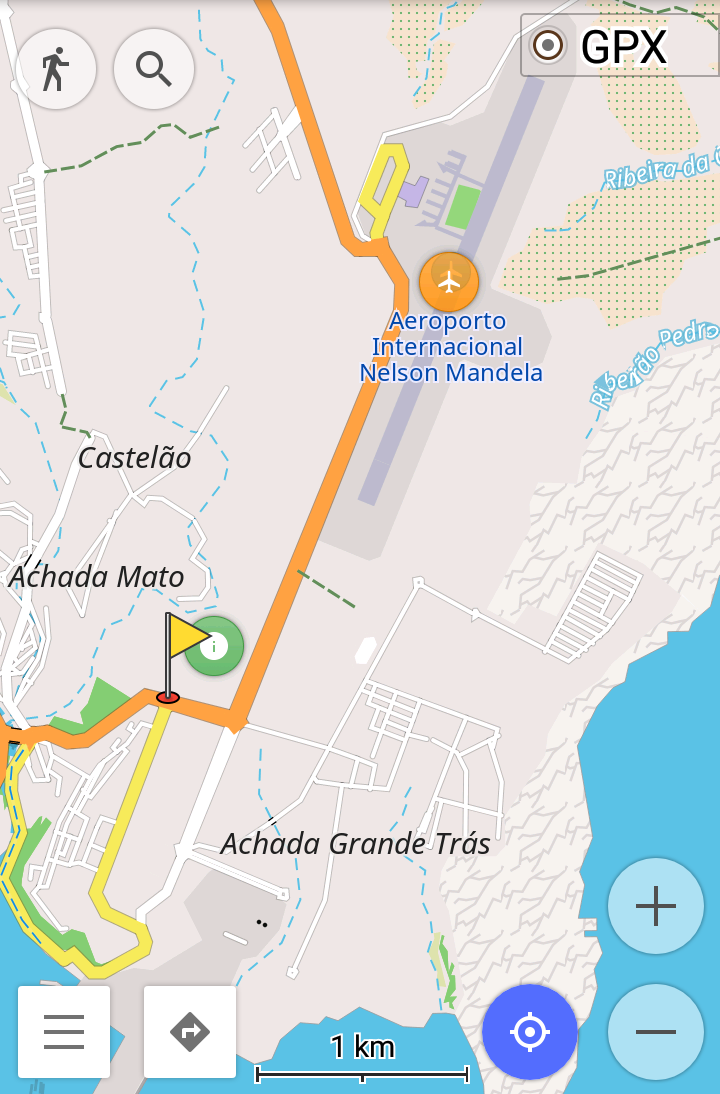
Yellow flag is a bus stop named “Aeroporto Antigo”, the green dot is Wikipedia’s coordinates of the former airport, orange dot is the current airport. Source: Open Street Maps contributors
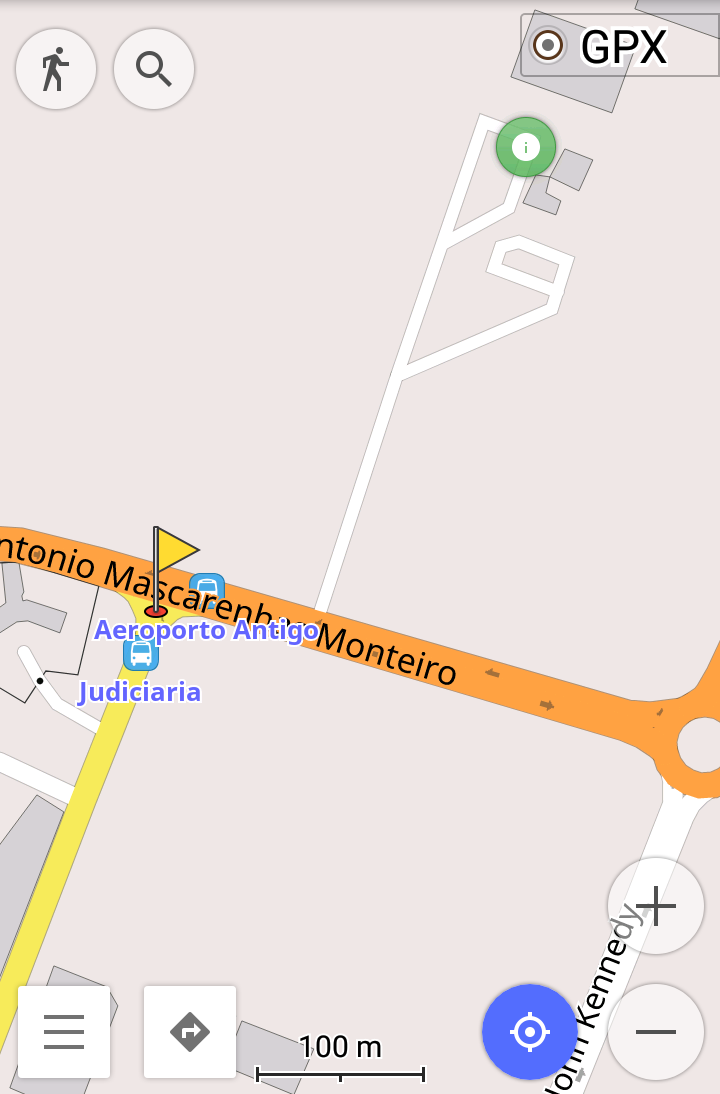
Zoomed in on the bus stop “Aeroporto Antigo” and what looks like where the terminal buildings used to be. It’s possible that the runway is now a road, like Av. da Macaronesia or Av. John Kennedy. Source: Open Street Maps contributors
In 2005, they opened the new Nelson Mandela International Airport still in use today. The new airport is only a stone’s throw away from the old one, even though I couldn’t exactly establish where the old one was. When I went to Praia, I tried to look for signs of the old airport – primarily hoping to find some abandoned control tower…
My theory was that because land is more valuable in Praia, the abandoned structures would be bulldozered much earlier than the other airports I wrote about. When I drove by the presumed location – in a taxi on the way to the airport to leave Cabo Verde for the Azores – all I found was a fenced-off site with cranes peaking above it. From the Avenida Aristides Pereira, I could see a little more of the site (picture below). Most of it looks kind of new or at least well-maintained.
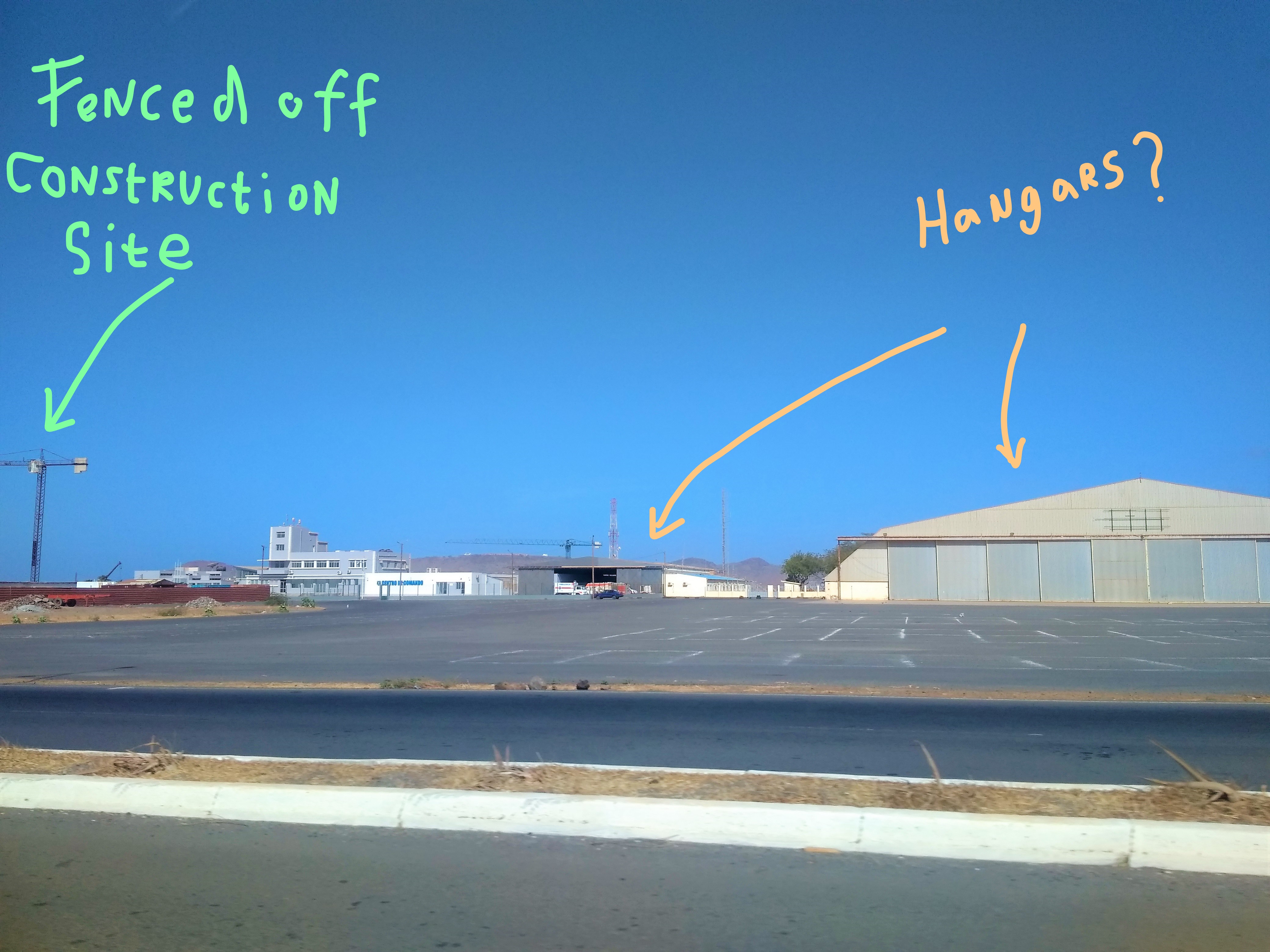
Conclusion: Defunct Airports and New Projects
Doing day trips to visit Cabo Verde’s defunct airports is a fun pastime to guide your travels in the archipelago. Whether you’re into abandoned places or aviation, they’re easy to visit and have a lot of history. Most of them are easy to access without any concern for personal safety. For some of them, you need a bit more imagination.
Unfortunately, none of the airports had the classical ‘aircraft graveyard’ I’d hoped for. It seems like all the scrap airplanes have been recycled or shipped off elsewhere.
As a fast developing country and an increasingly popular tourist destination, you can see that Cabo Verde is really betting on increased air transportation and accessibility. Let’s hope that Brava and Santo Antão get new airports so they also benefit from the jobs and prosperity that Binter CV and TACV bring to the other islands.


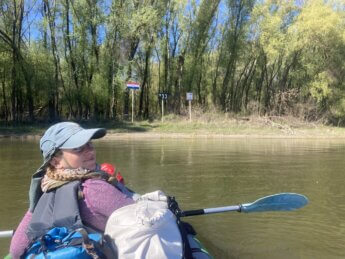
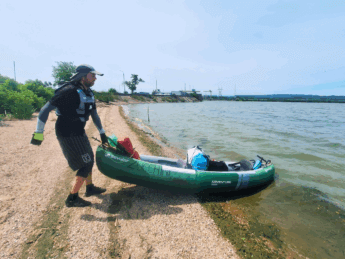



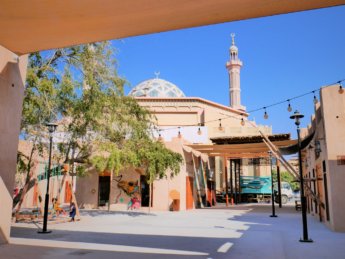















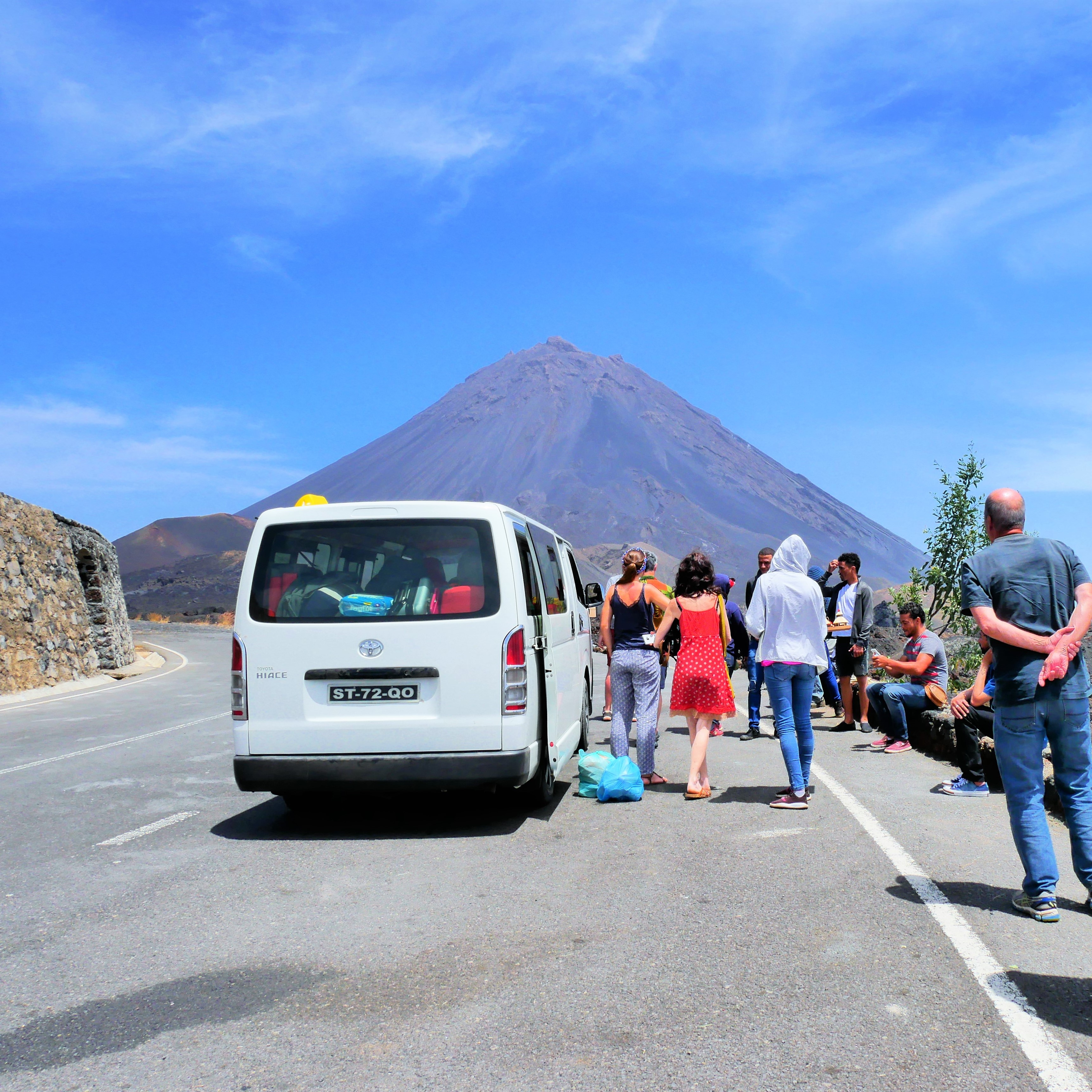



Very cool–well done! I didn’t even know about the one is Mosteiros, but the other three I am well aware of. Actually was living in Santo Antão at the time of the accident in 1999 that led to the eventual closure of the Ponta do Sol airport….
Wow, that must have been a big deal when it happened. I think the lack of an airport in Santo Antão probably affected the island quite a lot